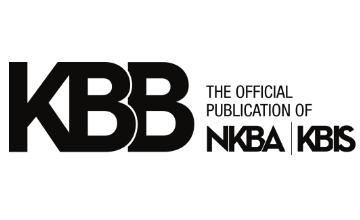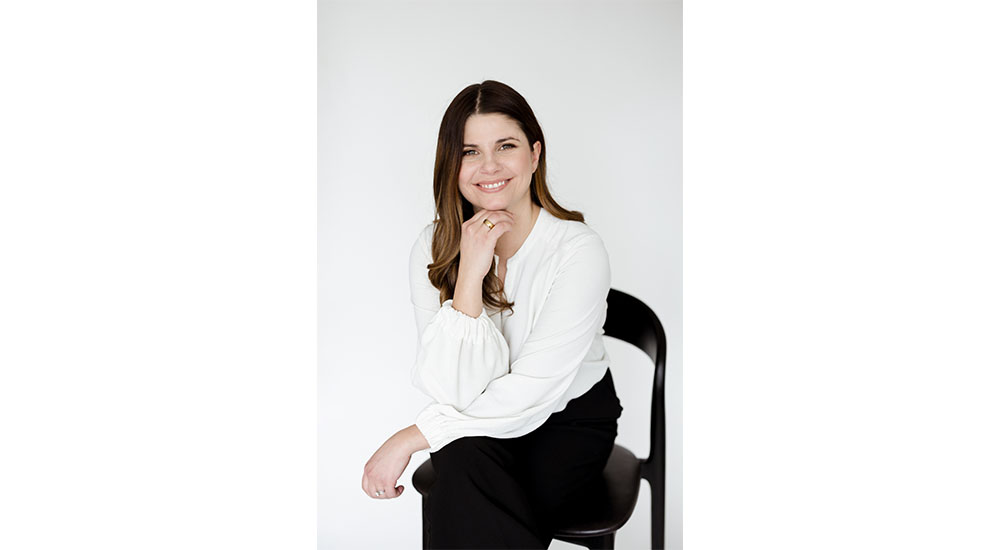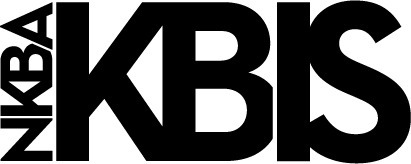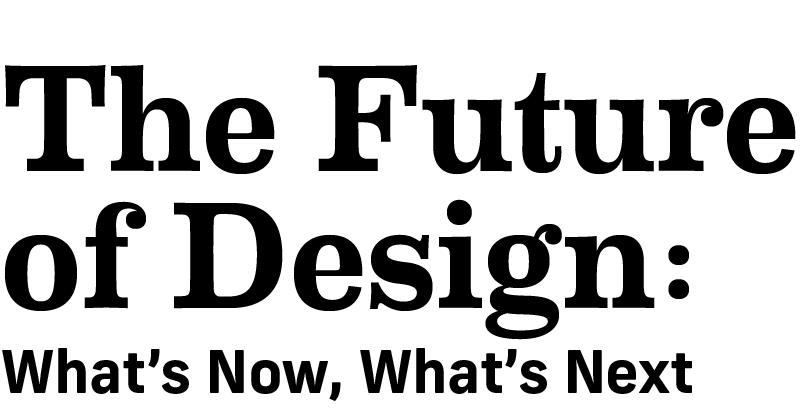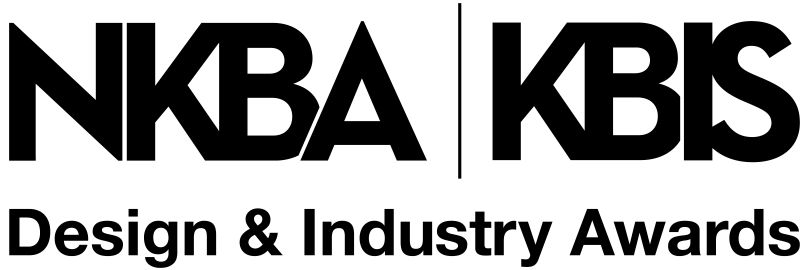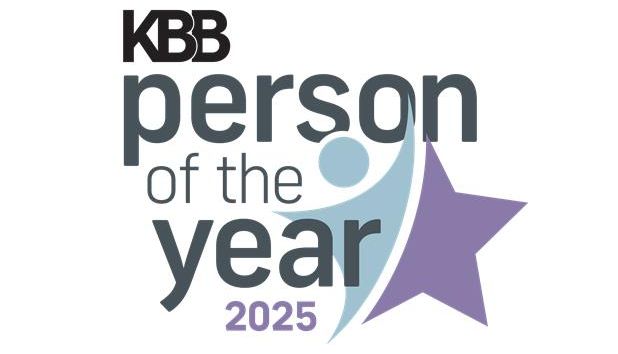The reality of burnout is an unfortunately familiar story to many designers, who, for a variety of reasons, often end up shouldering the burden of doing it all. On a recent From the Tap podcast, designer Diana Wagenbach, founder of Chicago-based Studio W Interiors provides a thoughtful reflection on how to avoid burnout through leadership and team dynamics.
She begins by emphasizing the importance of clearly defining roles within a team and ensuring that all gaps are filled intentionally. This clarity, she suggests, is crucial for maintaining an effective workflow and preventing issues that may arise from ambiguity in responsibilities. Diana sees the role of studio manager as essential; by hiring someone dedicated to the studio’s day-to-day management, she can better focus on her own responsibilities, while enabling her team members to do the same. This intentional approach to building a team, she asserts, is an example of proactively shaping the studio’s future rather than reacting to challenges as they arise.
She further discusses how these deliberate decisions help prevent burnout at all levels of the organization. Diana highlights the importance of considering the well-being of both herself and her team, noting that thoughtful role assignment and management structure are key to maintaining a healthy, balanced work environment.
Perfectionism and Burnout
Transitioning to a more philosophical point, Diana addresses the concept of perfectionism and its impact on progress within the practice of interior design world. She notes a common tendency among professionals to strive for flawless execution, but cautions that this can be paralyzing and ultimately counterproductive. The pursuit of perfection, she explains, often leads to stagnation and prevents teams from maintaining momentum. Instead, she advocates for aiming to achieve 80-90% of the ideal outcome, which she believes is often more than sufficient for clients, and may even exceed their expectations. This approach allows designers to deliver high-quality results without falling into the trap of endless refinement or self-doubt.
Diana ties this mindset back to her earlier points about burnout, suggesting that the pressure to achieve perfection contributes to stress and exhaustion. She recommends giving oneself grace and accepting that processes and systems will continually evolve. Implementing structured systems early on is important, but flexibility and self-compassion are equally vital. She encourages professionals to embrace iteration and movement, arguing that clarity emerges from action rather than waiting for perfect conditions. In her view, progress is made through ongoing learning and adaptation, and it’s important for individuals and teams to allow room for growth and change.
